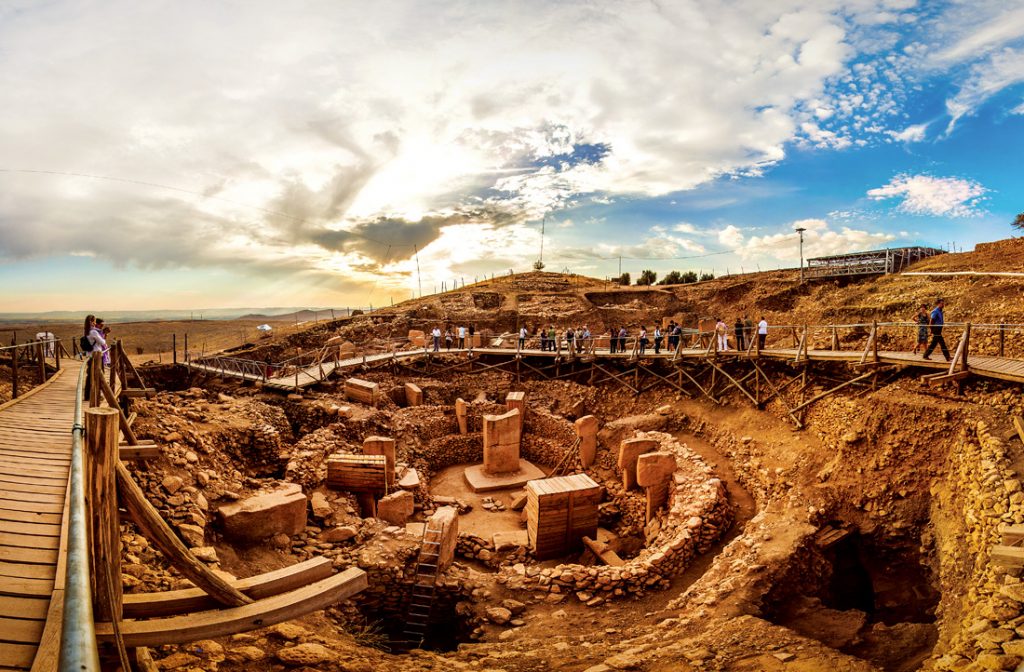Heritage as a set of assets acquired by inheritance
culture as a set of lifestyles , customs , knowledge and degree of artistic , scientific , industrial , development , in a epoch , social group , ect.
cultural heritage as a set of assets that have to do with the culture of a people , nation, city , sociaty . it is important because implies the cultural identify of people
cultural identity from monument to cultural asset . knowing that identifying a culture solely by the set of its monument is a mistake .

EXAMPLES
- In the 2oth century the concept of cultural asset is formulated , with objects with historical or artistic value , expression , manifestation or significant testimony of human culture with documentary capacity.
- After the second word war , many countries with lost signs of cultural identity recovered and reconstructed themselves.
- In the traditional history , many monuments are focused on politics, military events, scientific conquests , discoveries and other.
- In new history , centers interest is focused on the man and his existence . And cultural assets as its best representation
VALUES
- cultural value
- artistic value/aesthetic value
- historical value
- value of authenticity
- value of antiquity
- functional/social value
- economic value
Examples of cultural assets
- monumental architecture
- works of art
- minor or popular architecture
- military and defensive architecture
- witnesses at work (tools)
- witnesses of industrial production
- witnesses to agricultural culture
- witnesses to the gastronomic culture
HERITAGE: set of assets acquired by inheritance by title …:
- set of family assets
- set of State assets
- set of municipal assets…)
WHAT SHOULD WE PRESERVED
- PRESERVE THE CULTURAL VALUES NOT ONLY THE FISIC ASSETS
- EVERY ASPECT OF A BUILDING SHOULD BE PRESERVED ( matter, construction techniques, shapes, dimensions, colours, materials, textures, character, use, environment, meanings… )
- MAKE THE BUILDING SHOW AND EXPLAIN ITS VALUES
HOW TO PRESERVE
1 TOOLS:
- LEGISLATIVE INSTRUMENT
- Protenting ( laws and rules ). Legal actions or administrative rules. It depends on the level of protection there a some words like TUTELAGE or SAFEGUARD.
- Invertorying. A inventory is a complete list of items such as property, goods in stock, or the contents of a specific extend. Constitutes a preventive conservation.
- Cataloguing. Involves the enumeration, description and location of a property, but also it provides a historical study and economic valuation of a Heritage Resource.
- Actions of interventions
- Preservation of the environment. it is the conservation putting more emphasis on the preventive aspect against hazards or posible damages.
- Maintenance. Providing a continuous maintenance and some punctual repairs to confirm the progression of the asset.
- Repairing. In the buildings, it means the action to repair. Also linked to the maintenance.
- Consolidation. Is a particular way of preserving, reinforcing structural, constructive or material elements by giving them greater consistency or solidity.
- Renovation. It is a direct intervention on the monument whose purpose is the restitution or improvement of the legibility that is lost over time, without incurring alterations or falsifications of its documentary nature.
- Adaptation. Synonymous to ”recovery”. Return something to its former state of functionality.
- Reconstruction. It is a procedure of integral or partial reconstruction of the building, with an absolutely exceptional character, that has been carried out in specific historical circumstances and as a consequence of traumatic events.
- Anastylosis. It’s a set of operations to put in place building elements (generally fallen and scattered).
- Repristination or restoration. Action of returning a monument to its earlier (or pristine) state by removing accretions or by reassembling existing elements. It suggests to “go back” to the original state of a building by removing added later stages.